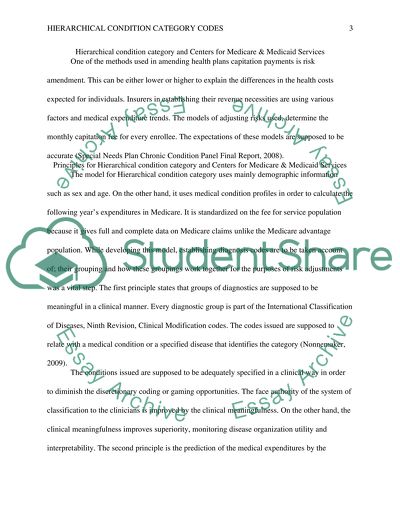Cite this document
(“Hierarchical condition category and Centers for Medicare & Medicaid Research Paper”, n.d.)
Retrieved from https://studentshare.org/health-sciences-medicine/1396559-hierarchical-condition-category-and-centers-for-medicare-medicaid-services-model
Retrieved from https://studentshare.org/health-sciences-medicine/1396559-hierarchical-condition-category-and-centers-for-medicare-medicaid-services-model
(Hierarchical Condition Category and Centers for Medicare & Medicaid Research Paper)
https://studentshare.org/health-sciences-medicine/1396559-hierarchical-condition-category-and-centers-for-medicare-medicaid-services-model.
https://studentshare.org/health-sciences-medicine/1396559-hierarchical-condition-category-and-centers-for-medicare-medicaid-services-model.
“Hierarchical Condition Category and Centers for Medicare & Medicaid Research Paper”, n.d. https://studentshare.org/health-sciences-medicine/1396559-hierarchical-condition-category-and-centers-for-medicare-medicaid-services-model.


